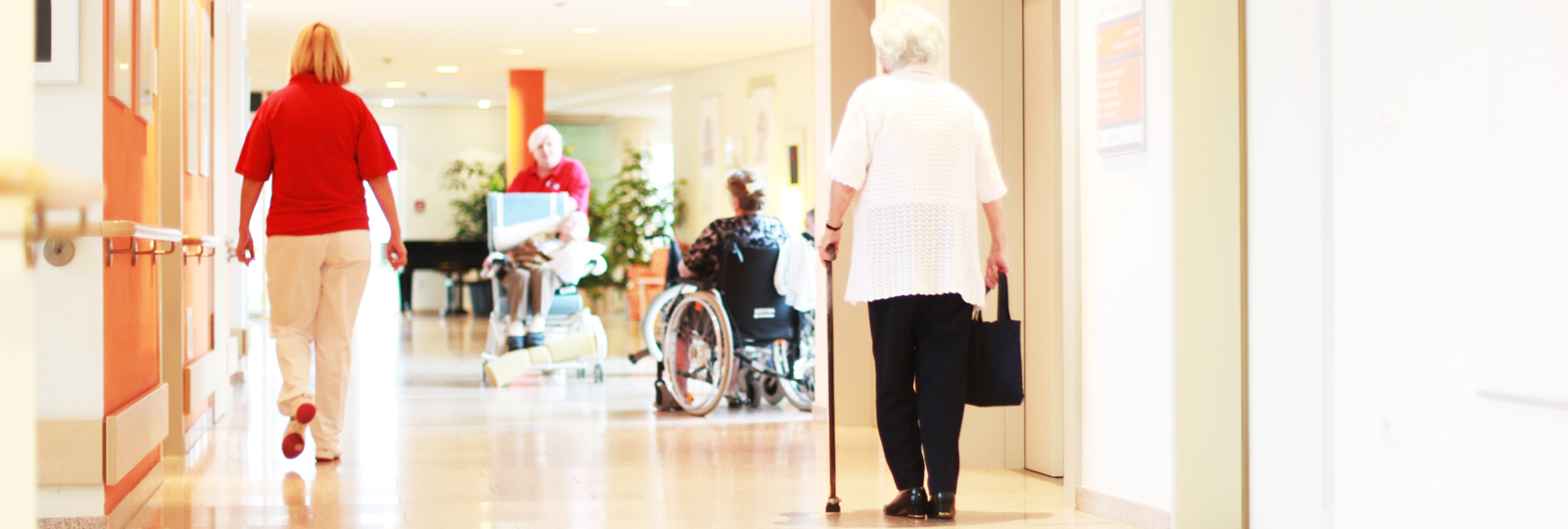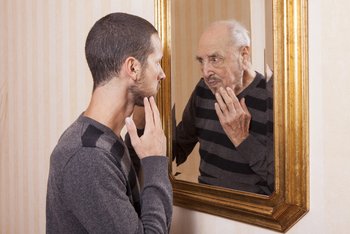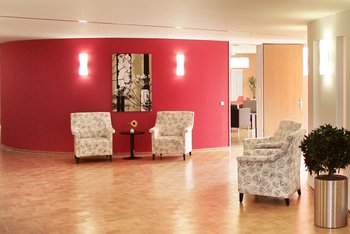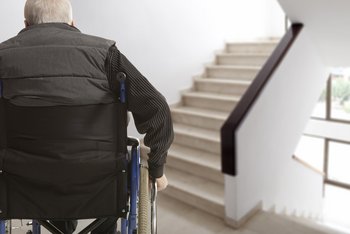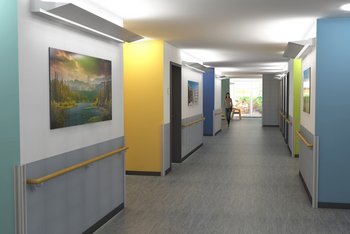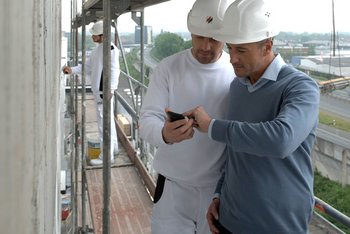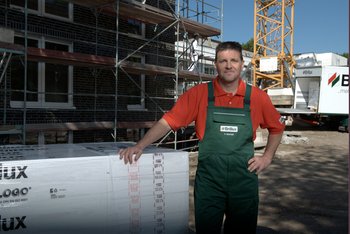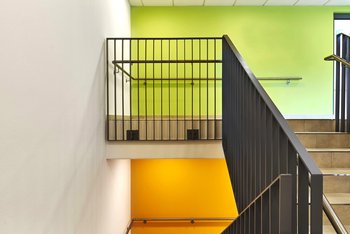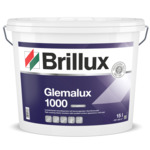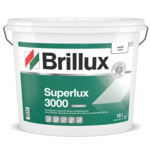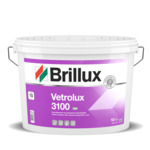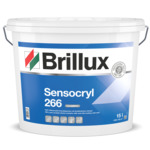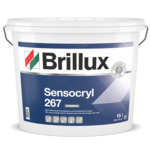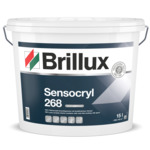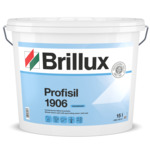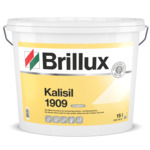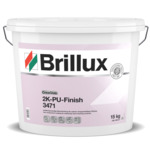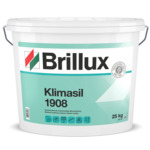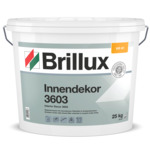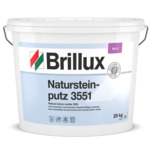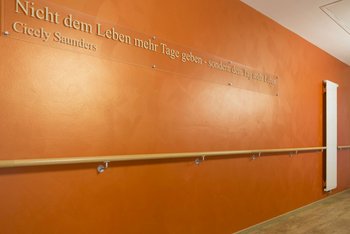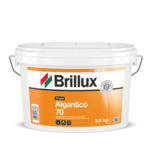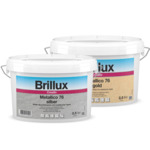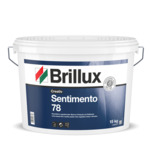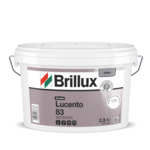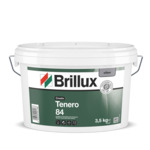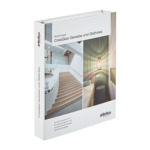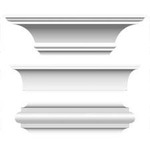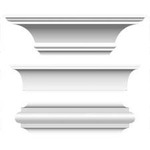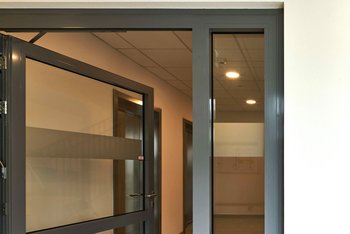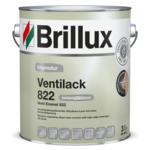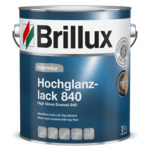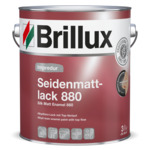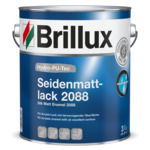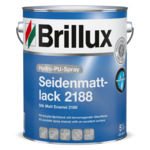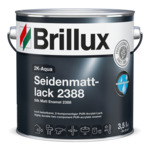Focus on the elderly: Designing for a growing age group Experiencing color in old age
Elderly people see differently than younger age groups. Elderly people place different demands on their surroundings, where they must feel safe, oriented and taken care of. They rely on color and design concepts that meet their specific physiological and psychological needs – particularly in care homes. Demand is high: 68 percent of the care homes for the elderly in Germany (approx. 7,500) are to be renovated by 2018, and almost 1,500 new facilities built. In light of the demographic change, this is just the beginning. The color concept is extremely important in these facilities. Designers and planners for these projects need three things: sensitivity for the requirements of the people, a sound knowledge of the unique features of visual perception and a willingness to move away from outdated color clichés. Using color when designing care facilities is an extremely new, multifaceted and exciting field. And a task that you will be optimally prepared for with Brillux at your side – from the initial idea to the construction phase. Color studios, technical consultation, logistics: The entire service is provided by Brillux.
The requirement profile for color designs in care facilities is extensive. Optimal health-compatible coatings that fulfill all hygiene-related and structural demands are essential. The color concept must take into account aesthetic and functional parameters. Last but not least, the duration of the construction and renovation work should be kept as short as possible with smooth processes at the building site. Brillux sees the whole picture and supports clients, planners and tradesmen in all project phases. With coordinated color concepts for care facilities from one of the nine color studios. With technical consultants who find the optimal solution for every goal on-site. With direct delivery to the building site from one of over 170 Brillux branches. And, of course, with products in professional quality that have a positive impact on your work during everyday use. Experiencing color in old age: Be inspired and get ideas for creating an unmistakable design for your building or project!
Visual impairment simulation
Vision: How does visual perception change as we age?
As we get older, our vision worsens as part of the aging process. 83 percent of blind and visually impaired people are over 55 years of age. As a result of an aging society, the number of blind and visually impaired people will increase by at least a third by 2030.
Visual impairment simulation with the "digital age simulation glasses":
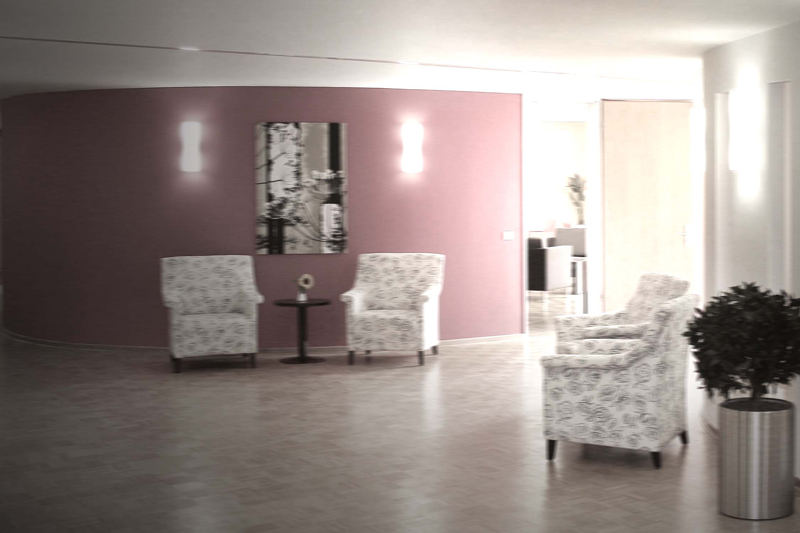
Glare sensitivity is usually triggered by deposits on the cornea, clouding on the lens and vitreous body. The effect is comparable with a dirty window or windscreen. Deposits in the lens lead to light scattering. In the dark, halos often appear around light sources. The adaptability of the eye is insufficient to cope with the light intensity.
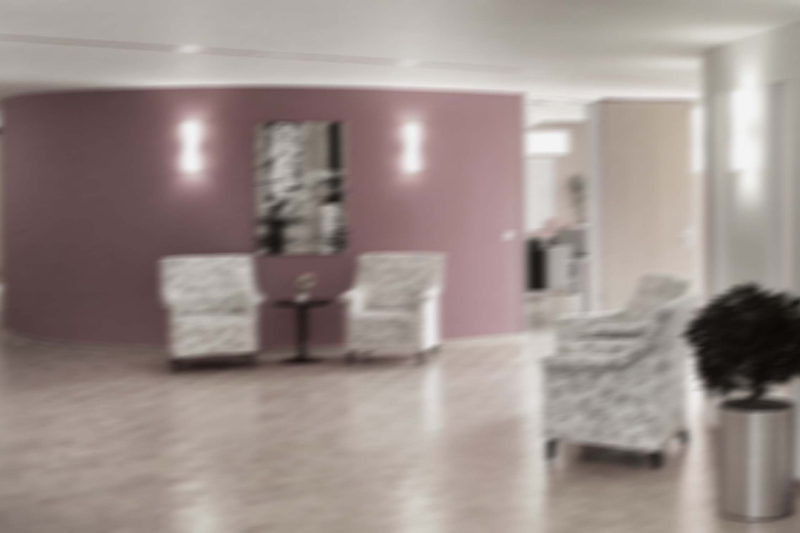
This age-related eye disease causes cloudiness on the lens in the eye – meaning that the sufferer sees the world through an ever thicker veil. The ability to see colors gradually disappears until the person only sees the world in gray tones. By this point, the color of the patient's pupils has often changed to cloudy gray too, a condition known as cataracts.
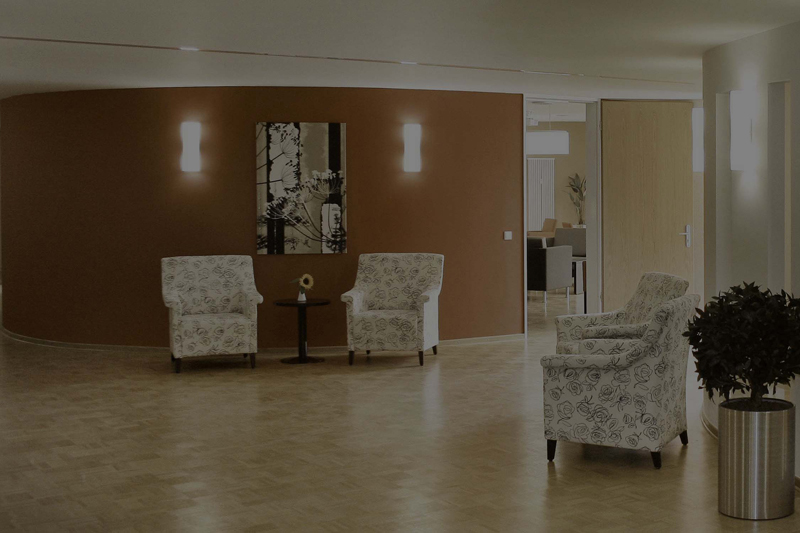
This is caused by protein deposits on the lens, which change to colored metabolic products with exposure to light and can no longer be broken down. This results in yellowing of the lens, meaning that less short-wave light or fewer violet and blue shades can pass through. As the yellowing increases, green tones also become harder to see. Red and yellow tones, on the other hand, pass through unhindered and can usually be seen clearly.
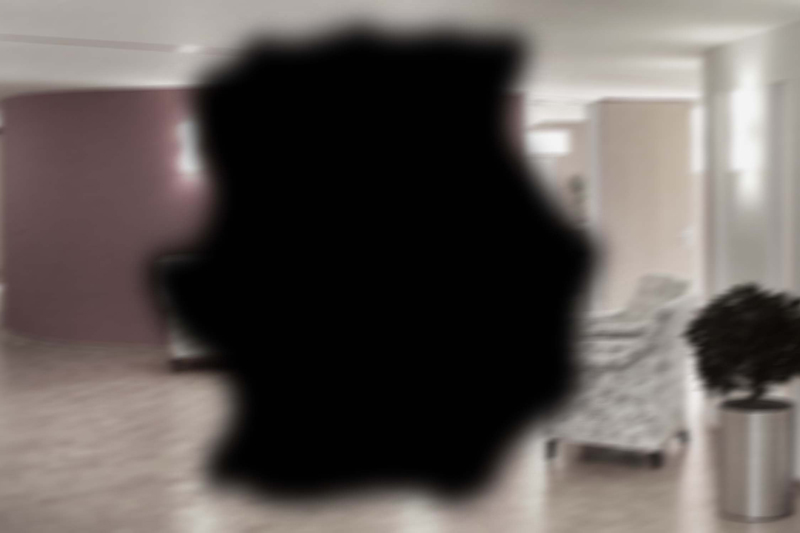
One of the most common visual impairments in the elderly is age-related macular degeneration (AMD), which can occur in two forms: dry and wet macular degeneration. This disease destroys the nerve cells in the area of sharpest vision (the macular). With the more common dry AMD, the vision worsens slowly and steadily over time. Images in the center of the field of vision disappear, it becomes difficult to differentiate between colors, it becomes more and more difficult to read text. The outlines of a clock may be clear, for example, but the clock face cannot be identified, outlines of faces are visible, but not the facial features.
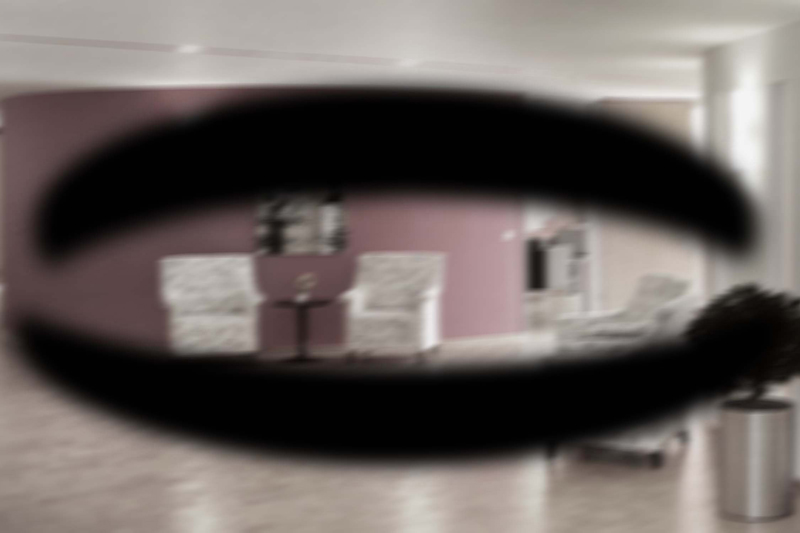
The term glaucoma covers different eye diseases that go hand in hand with an increase in intraocular pressure. In adults, the intraocular pressure is usually around 15-20 mm/Hg. If this value is significantly higher, this causes irreparable damage to the optic nerve, resulting in blind spots (scotoma), i.e. vision becomes worse in certain areas. This gradual, pain-free process often goes unnoticed initially if not identified early (except in the case of a painful glaucoma attack with acute angle-closure glaucoma) and can lead to complete loss of sight if left untreated.
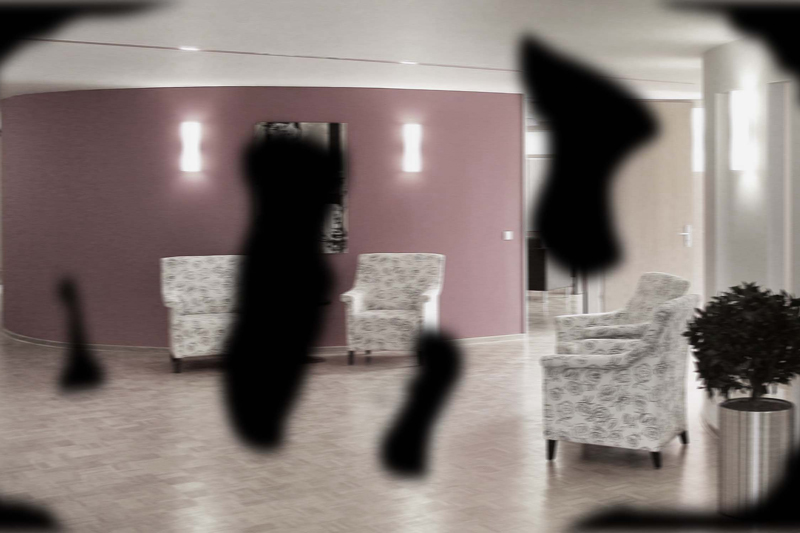
The sharp increase in the disease of affluence, diabetes mellitus, has also resulted in more instances of eye damage as a result of diabetic retinopathy. If blood sugar levels remain constantly high, fat and protein deposits accumulate in the sensitive vascular walls in the eye, which may then become brittle and break. For the patient, this makes itself felt in the form of blind spots. It leads to progressive loss of visual acuity, retinal damage and bleeding in the retina caused by vascular damage and blockages. Changes often go unnoticed by the patient for a long time: it only becomes apparent in the advanced stages in the event of retinal detachment, fluid accumulation in the center of the retina (macular edema) or bleeding in the vitreous cavity. Symptoms for the patient include blurred and distorted vision and blind spots. This disease could result in loss of sight in the long-term if left untreated.
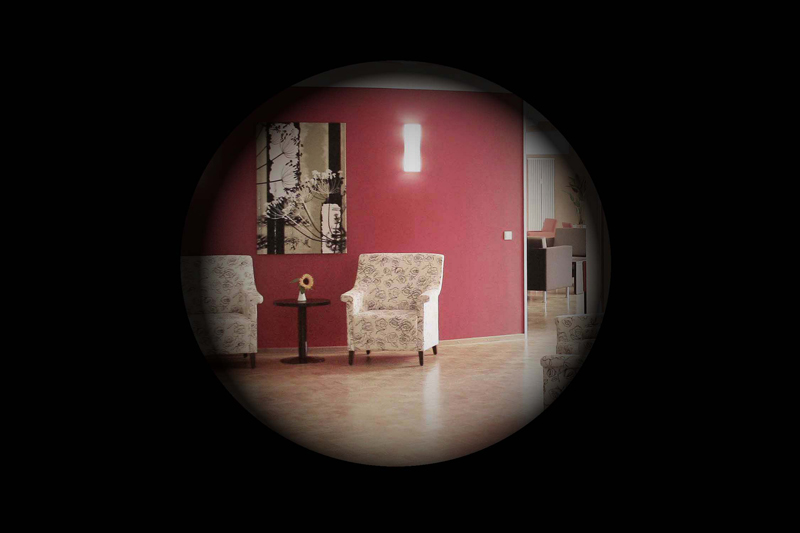
Retinopathia Pigmentosa, most commonly known as "Retinitis Pigmentosa", refers to a group of hereditary retinal diseases. Initial symptoms during childhood include night blindness, so-called vision loss even in twilight, difficulties adjusting between light and dark, as well as glare sensitivity. In the advanced stages, the field of vision, which is around 120-180 degrees in a healthy eye, is often limited to a range of just a few degrees, so it's as though the patient is constantly looking through a pipe or tunnel. This makes visual orientation practically impossible.
Guidelines
Relevant guidelines
In light of demographic changes as a result of an aging population, accessibility has long been an issue that no longer only applies to a minority group. Accessible construction is one of the key tasks facing our society. Concepts focusing on "Design for all" or "Universal design" enable flexible, sustainable and inclusive use in all areas of life. The main objective is to create spaces and to offer maximum comfort, safety and orientation for the user. DIN standards and building recommendations provide general specifications that form the basis for individual and futureproof solutions depending on the user group and construction task.
DIN 18040 – Construction of accessible buildings – Design principles Part 1: Publicly accessible buildings
The definition of accessibility outlined in §4 of the Law on the Equal Treatment of Disabled Persons (BGG) also includes access to visual information. This information is accessible if- it can be obtained in the usual manner,
- with no particular obstacles
- and without help from others
. An accessible design must therefore be achieved with the following:
- Information is published in a way that makes it available to the largest possible group of people, with and without disabilities
- Special solutions should be avoided where possible
- Improvements for people with visual impairments generally also increase the comfort and safety of the non-visually impaired.
DIN 18040 replaces DIN 18024-2:1996-11. Each federal state is individually responsible for incorporating the standard or individual points in the technical construction regulations!
DIN 32975 – Designing visual information in the public area for accessible use
In the past, people with visual impairments hardly played any role at all in the world of standards. DIN 32975 defines what constitutes accessibility from the point of view of people with visual impairments for the first time. It must be applied wherever an accessible design is required. A building that can be accessed with a wheelchair, but does not fulfill the requirements of DIN 32975, can not be classed as accessible. The main subject of this standard is the luminance contrast, that must comply with certain minimum values. Although colors are mentioned, they can only take on a supporting role and can never balance out a low luminance contrast. It assumes that perception of information is always the result of a variety of factors. For defined luminance contrasts, these are the lighting (adaptation luminance), the font or character size and the observation distance.Design concepts
Holistic design concepts
A color concept with a special focus on the needs of the elderly makes it easier for residents to live in a building and also contributes significantly to the sense of wellbeing and quality of life. Brillux has already managed numerous objects in the field of health and social affairs.
Brillux services
Color studios
Most older people prefer lifeless, soft colors? And children are only interested in the three primary colors red, yellow and blue? In the nineBrillux color studios,we know more about this – and use the latest knowledge on color and psychology, color and architecture and color and message in the designs. In the health and care sector in particular, Brillux color designers have a wealth of concrete object experience with designs suitable for the elderly in both interior and exterior environments. Benefit from the findings that Brillux has collected in both theory and practice in cooperation with universities, through our own in-depth studies and numerous color concepts that have already been implemented. We can offer access to a whole pool of expertise in color design. Knowledgeable consultation services, including situation analysis on-site. A professional presentation service with 3D visualizations and renderings. And all this in a package or as an individual service.
Technical consultant
A color design with charisma and character is good – but it's even better if it fulfills all functional requirements from the very beginning. What is the right coating for the existing substrate? Which solution can withstand even intensive use without signs of wear? What do you have to do to achieve the best possible results with regard to both physical characteristics and hygiene matters? It's best to answer these and many other questions on-site at the object – with one of our technical consultants. He is always there when you need him. For the status and situation analysis. For special solutions and details. To offer advice on all aspects of Brillux products and the further procedure. From planning to completion.
Object service
For a construction or renovation project to succeed: The right decisions must be made quickly at many different interfaces and all the cogs must fit together perfectly. Keep your construction project running smoothly with the Brillux object services - unrivaled in the sector with regard to the breadth and depth of the range on offer.
Data and information – whether performance specifications, technical aspects or product knowledge – we are on hand to support you during the tendering process. We are always available for technical and design-related questions as part of our construction site supervision. And ensure that you are always kept well stocked at the building site with our high-performance logistics – even at short notice, always just-in-time. From the 180 Brillux branches, the distances are short with our own fleet of lorries, guaranteeing maximum delivery reliability.
Professional product quality
Paints and plasters from Brillux
The right color shades have a positive effect on people – and that should also be achieved with high-quality paints and plasters. In the Brillux product range, you will find coatings that are tailored precisely to the specific requirements in care facilities. For reliable health protection and sustainable environmental protection, Brillux offers a wide range of solvent- and plasticizer-free products. Including suitable coating materials without preservatives for allergy sufferers – from wallpaper paste and wall coverings to interior paints. In high-traffic areas in particular, durability and surface cleaning properties are a key factor for ensuring that flawless walls can be enjoyed for a long time. You can take precautions in this regard with different paint qualities. Nowhere is hygiene more important than in healthcare facilities and care homes. Many Brillux special products are therefore disinfectant-resistant, with good cleaning properties. The products also offer the following advantages in addition to these functional benefits: The products are extremely economical to apply and offer almost unlimited design freedom with regard to the degree of gloss and colorfulness.
Quality signed and sealed: Brillux coatings are tested regularly by the leading certification authorities. Many of our products fulfill the strict test criteria of TÜV.
Interior design with Brillux
Wherever textures and subtle patterns for walls and ceilings are required, there is an optimal solution for care facilities with Brillux CreaGlas Fabric. Our CreaGlas Fabric can be applied on almost any substrate without any problems. It can also be coated with a wide range of colors or embellished individually with creative techniques. Brillux CreaGlas Fabric delivers on safety. This wall covering has been tested as schwer entflammbar B1 (flame-retardant) or nicht brennbar A2 (noncombustible) in accordance with DIN 4102. It is also water vapor permeable and – with the matching glue and the correct coating – helps to create a healthy indoor climate. The glass fabric is also made exclusively from natural raw materials and is free from PVC, plasticizers and other potentially harmful components. CreaGlas Fabric is extremely tough. Its impact-resistant and hard-wearing qualities guarantee a long service life and keep it looking good for a long time – including in high-traffic areas.
Also suitable for highly sensitive areas: CreaGlas Fabric, in conjunction with a suitable coating such as Sensocryl ELF, forms a clean, sealed surface. It can also be cleaned effectively of microorganisms. This means that the CreaGlas Fabric system is even suitable for OP areas and a good alternative coating for laboratories. With CreaGlas 2K-PU-Finish 3471, the surfaces can even be decontaminated: Walls in rooms where radioactive substances are released can be freed completely of radionuclides located on the surface or just below the surface.
Brillux enamel paints and woodstains
Flawless door coatings, gloss colored wooden fixtures, ultra-smooth surfaces for metal components – for a long time, only solvent-based coatings could guarantee results like this. Today, Brillux offers enamel paints and woodstains that combine a consistent, perfect surface appearance with optimal health-compatible properties. Thanks to an innovative bonding agent formula, the water-based enamel paints and woodstains offer premium quality – with no nasty odors during use and without affecting the room climate unnecessarily.
VOC-compliant and exceeds the standard: The EU VOC directive specifies that the release of volatile organic compounds (VOC) into the air should be reduced throughout Europe to protect people and the environment. Sustainability is also our goal. For years, Brillux has been investing constantly in the development of innovative and environmentally-friendly products. It goes without saying that our water-based enamel paints fulfill the current VOC specifications – and also achieve extremely impressive and durable coating results.
